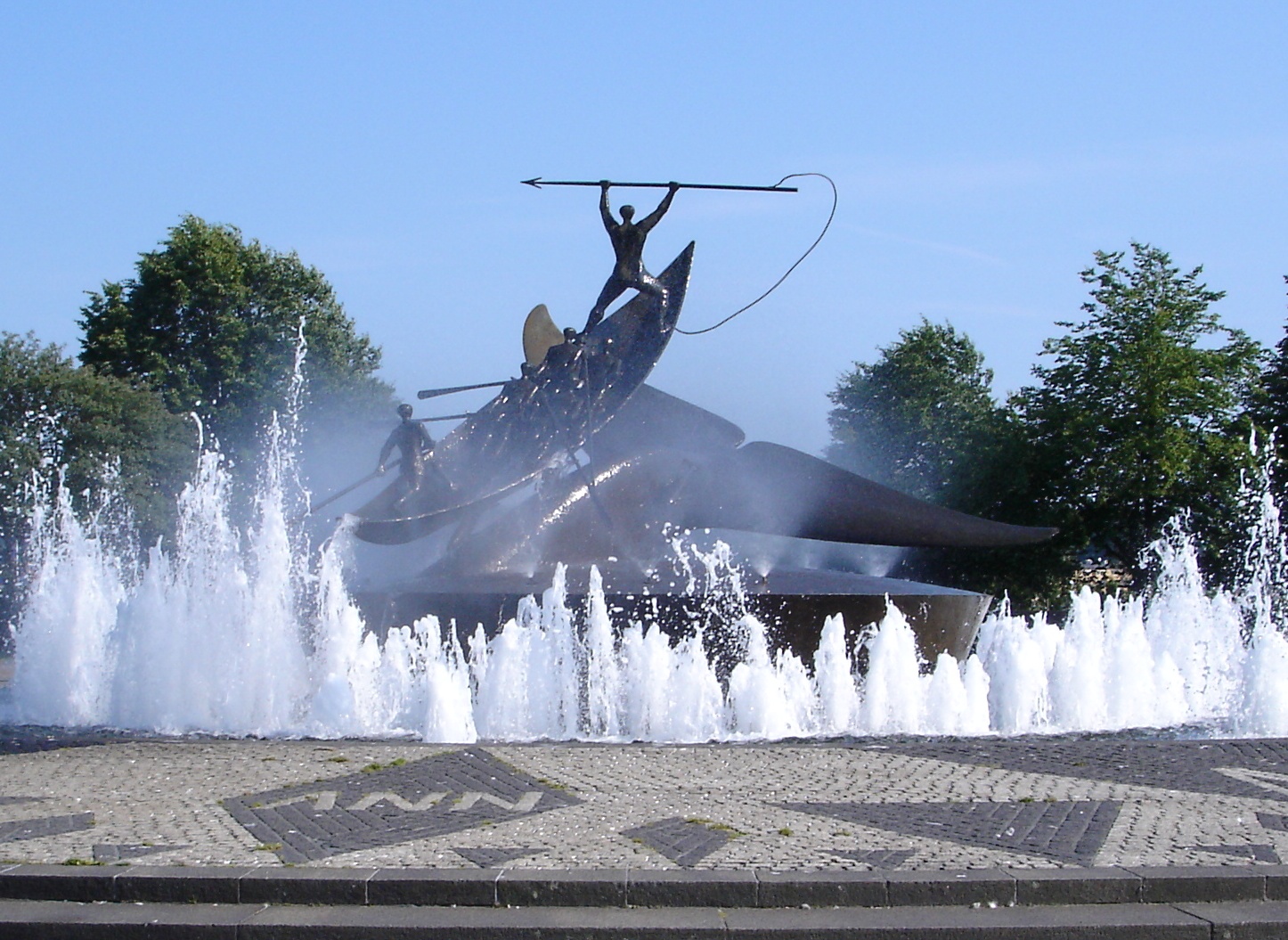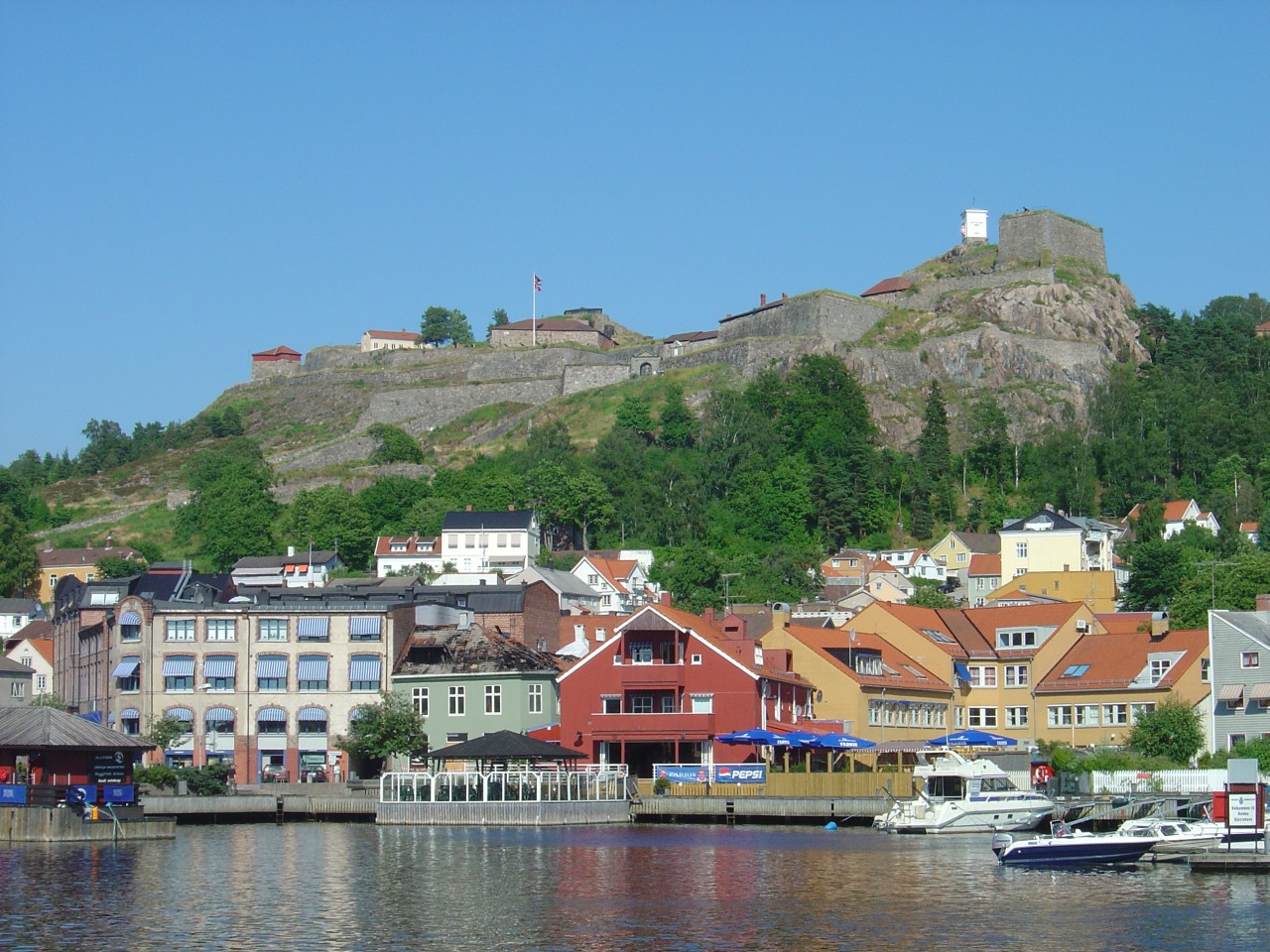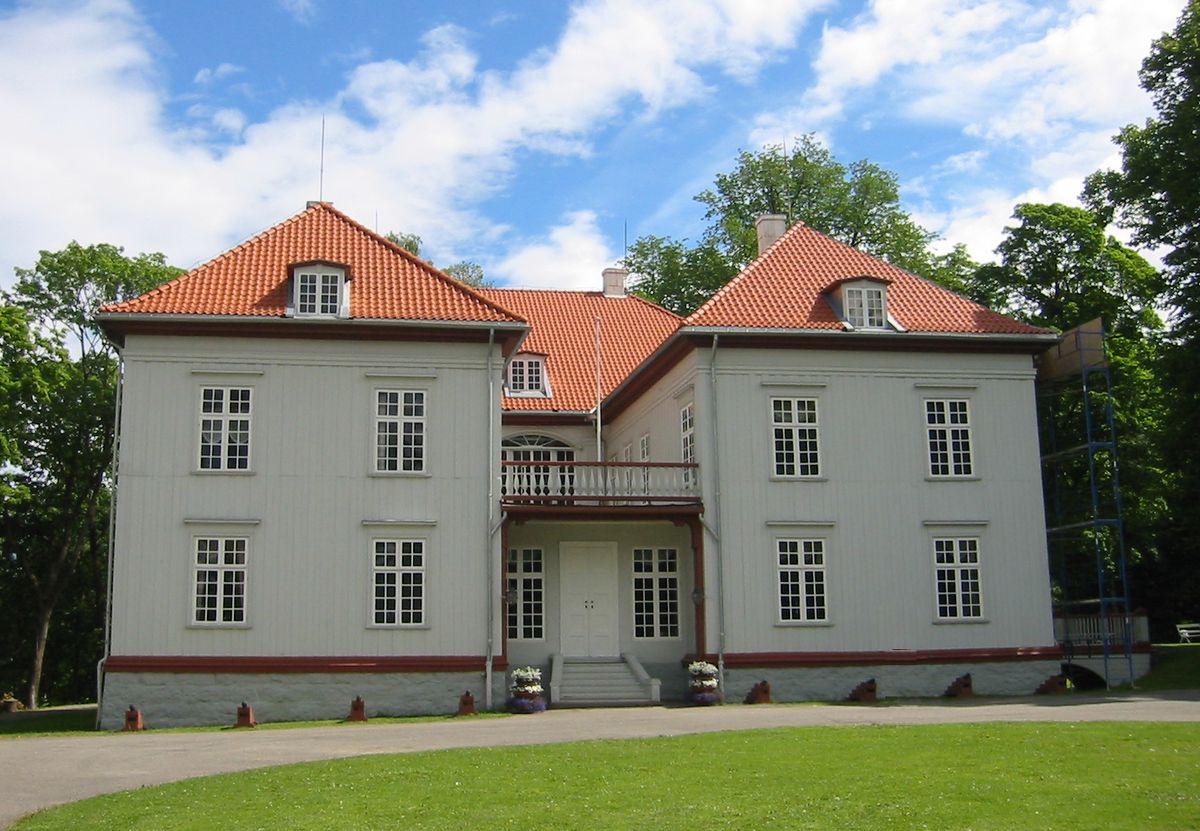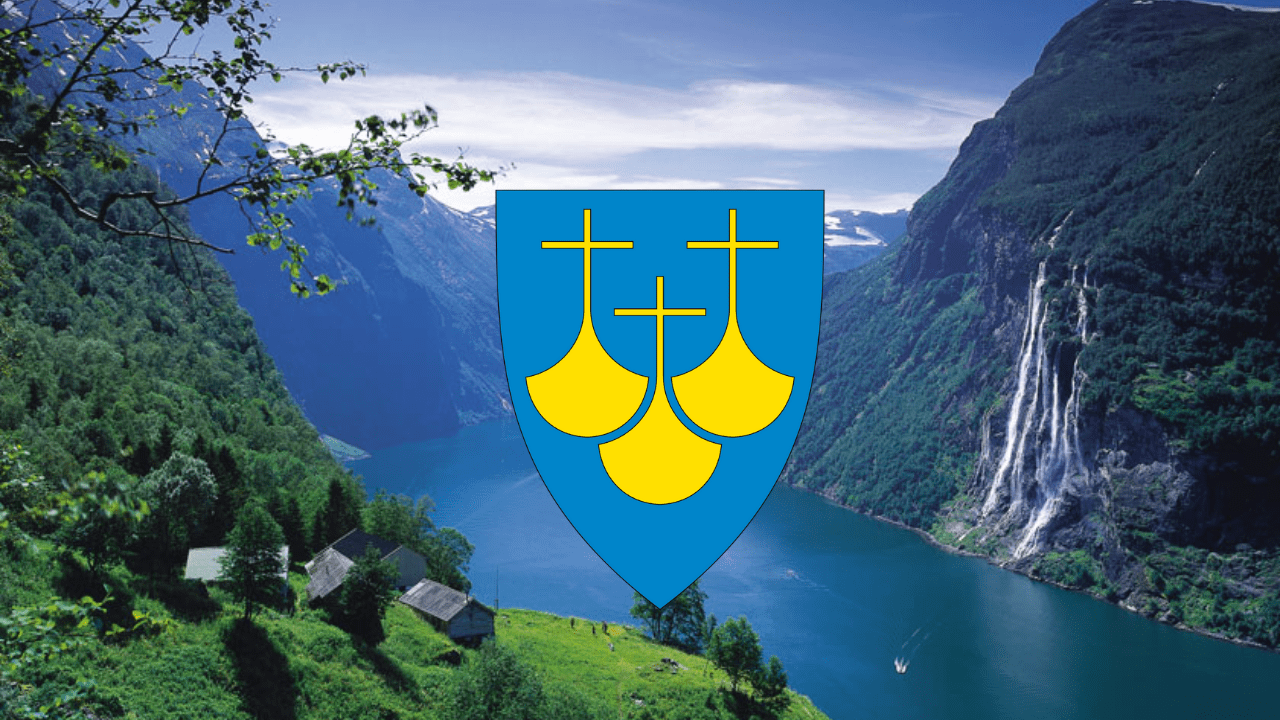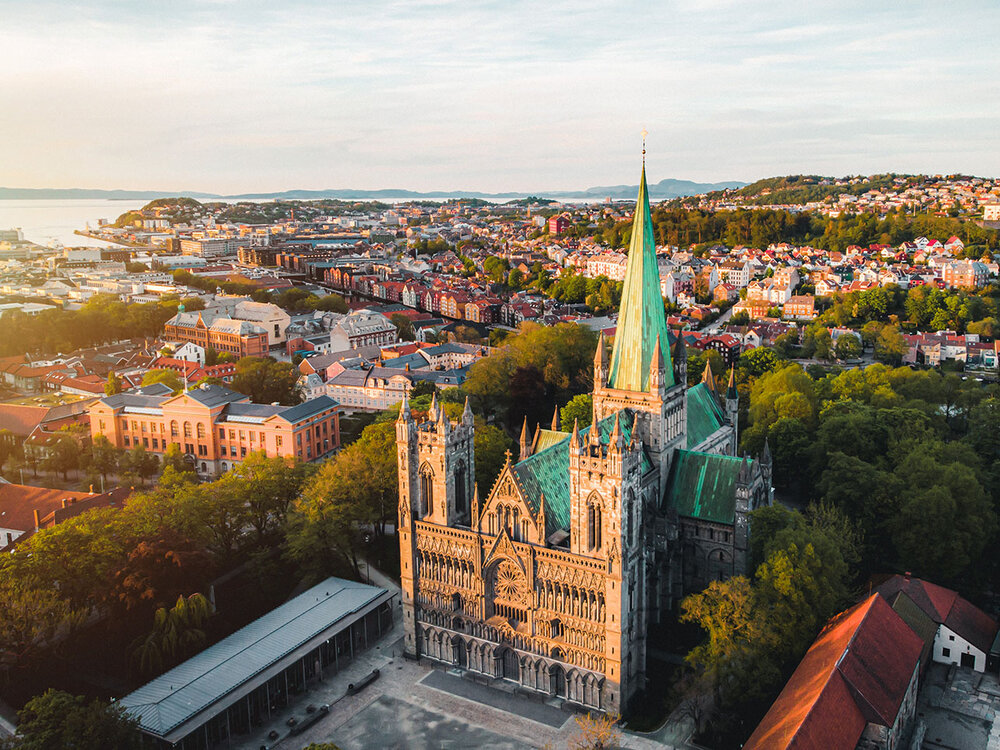8.14 – Agder
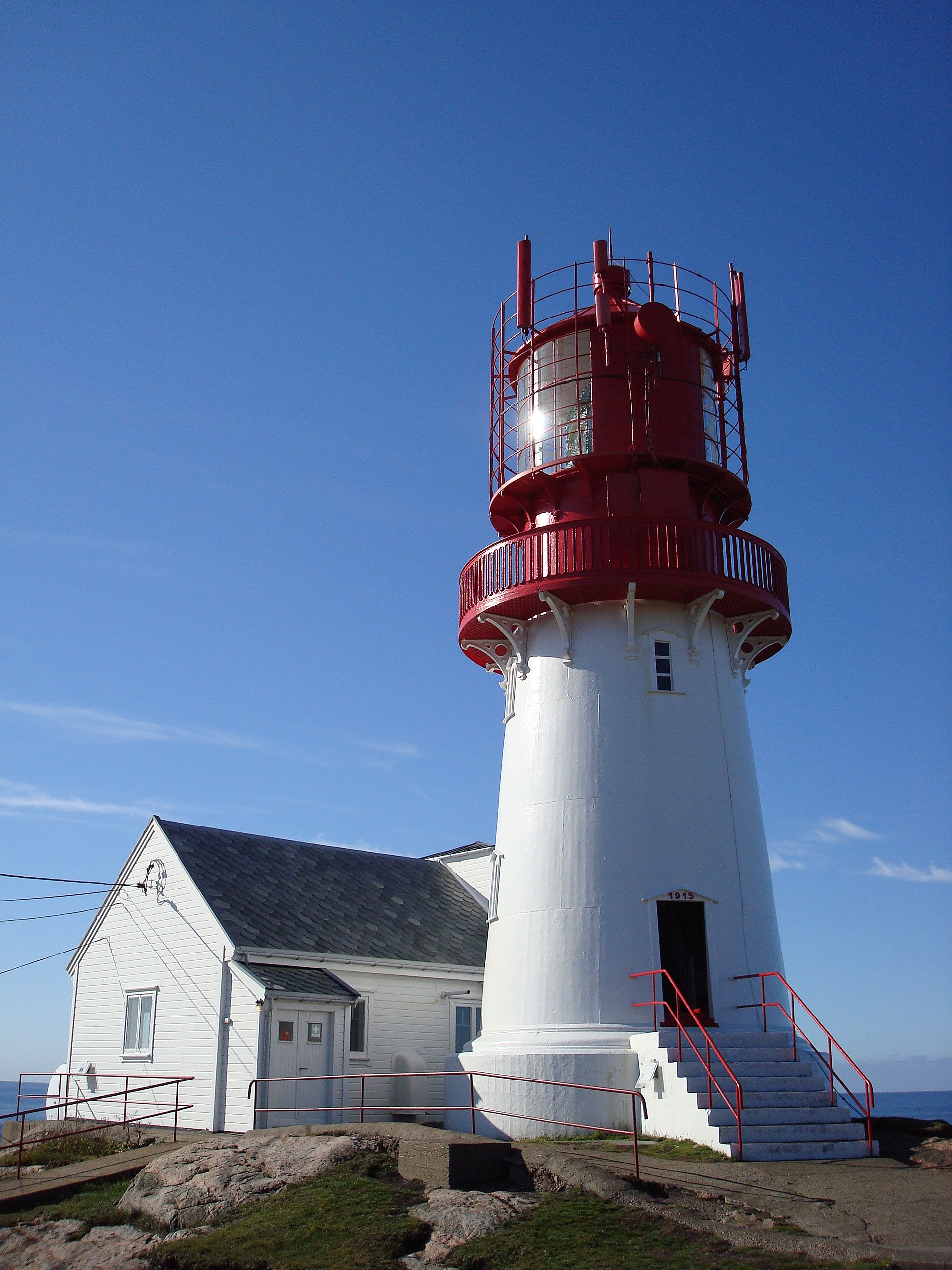
04 november 2024 | 12 minutt Transcript Heihei! In today’s episode, we will talk about the southernmost county of Norway, Agder. We will talk about Agder’s biggest city Kristiansand and some things to see there. Then we will talk about the southernmost point of Norway, Lindesnes and the lighthouse there. Finally, we will talk about …


